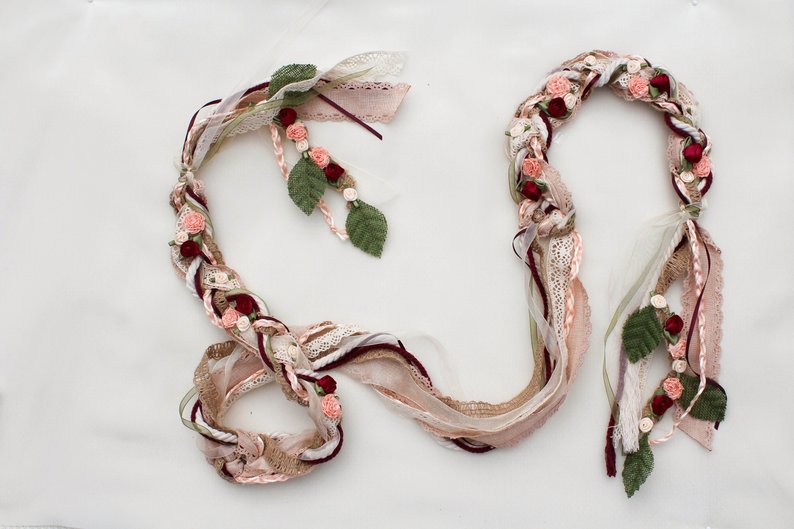Its fascinating to learn about the origins of phrases like “tying the knot” and “giving one’s hand in marriage” and how they are connected to the Handfasting Ceremony. The Handfasting Ceremony has been practiced for thousands of years and has evolved to become a significant part of wedding traditions worldwide.
The act of binding the couple’s hands together with cords or ribbons during the Handfasting Ceremony symbolizes the joining of their lives and the creation of a lasting bond through marriage. It represents the idea of two individuals intertwining their lives and families, committing to each other for eternity.
The beauty of the Handfasting Ceremony lies in its versatility. The choice of materials used to bind the hands can be varied and personalized, incorporating elements such as ribbons, braided cords, tartans, or sentimental pieces handed down through generations. This allows couples to infuse their own unique symbolism and meaning into the ceremony, making it a special and deeply personal experience.
Throughout history, the Handfasting Ceremony has transcended cultural boundaries and been incorporated into both religious and non-religious wedding ceremonies. Its enduring presence across different cultures and time periods demonstrates the universality of the desire to symbolize the union of two people in a meaningful and profound way.
Whether a couple chooses to include the Handfasting Ceremony as part of their wedding or not, its rich history and symbolism serve as a reminder of the enduring power and beauty of marriage.



